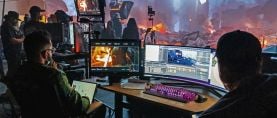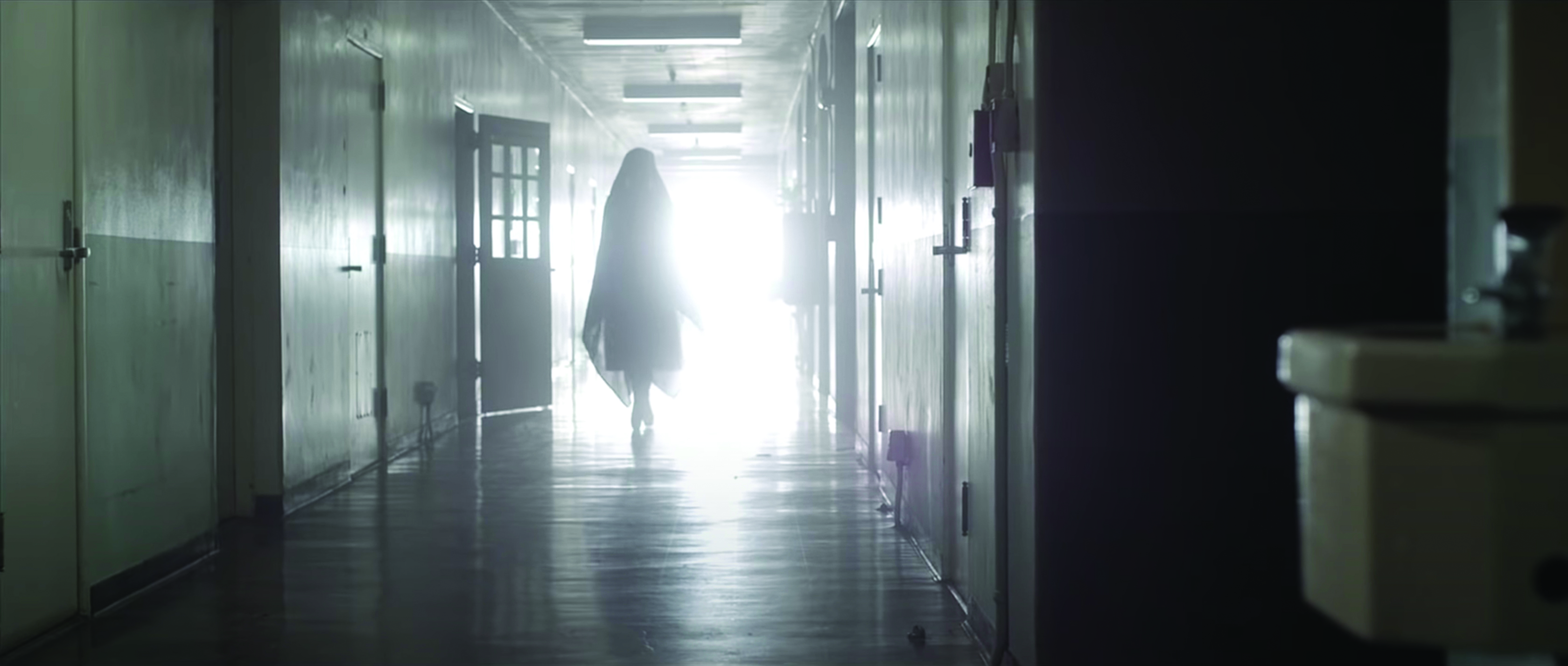
A Look Back — New Media as Training Ground
ASC members Tommy Maddox-Upshaw and Alice Brooks explain how they cut their visual teeth on web series early in their careers.
Many cinematographers find that early opportunities come from short films, music videos and low-budget features. In the 2000s, “new media” offered additional opportunities, primarily with online streaming of short-form narratives.
Until Netflix started online exhibition in 2007, and the motion-picture world began to fully incorporate streaming into their business models, new media was essentially classified as “experimental” content and allowed cinematographers a venue to express their visual talents in a less restrictive and more inclusive environment.
This installment of Shot Craft spotlights Tommy Maddox-Upshaw and Alice Brooks, two of our esteemed ASC members who cut their visual teeth on web series early in their careers.
Between Indie and Studio
Maddox-Upshaw received a nomination for his work on the episodic television series Snowfall at this year’s ASC Awards [Update: He won!] and is also known for his work on Fox’s Empire and the new Showtime series The Man Who Fell to Earth. One of Maddox-Upshaw’s first features was Polish Bar in 2010 with producer Effie Brown. Two years later, Brown called the cinematographer for a collection of web series with her and producer Jon Avnet for the YouTube channel WIGS. Maddox-Upshaw signed on and shot one episode of the Maura Tierney-driven Ruth & Erica and all six episodes of Ro.
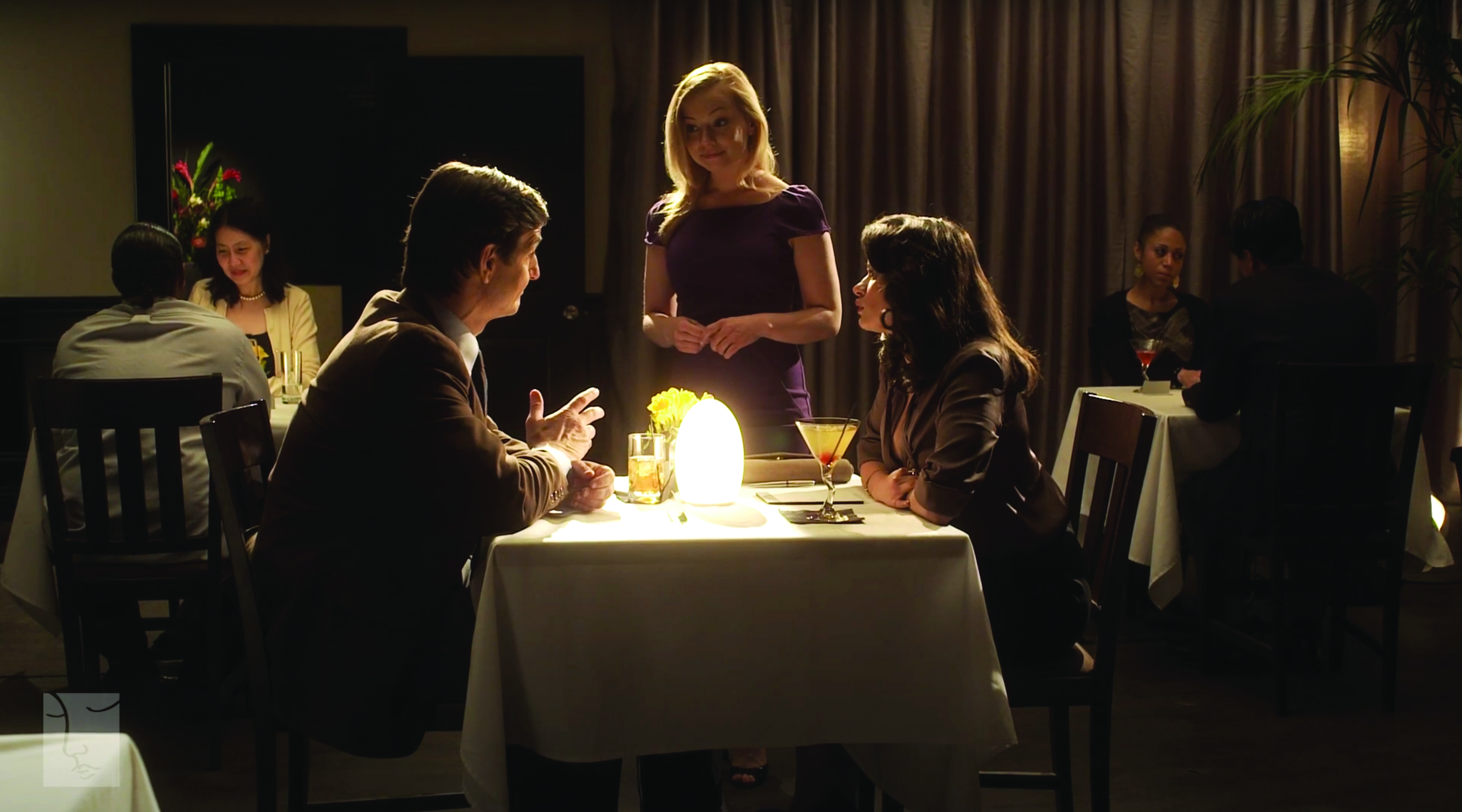
“These were a bit experimental and a hybrid of independent low-budget and studio productions,” says Maddox-Upshaw. “We had A-list talent and a little bit of money to work with, but the [episodes] were on tight schedules. It was an interesting hybrid between the run-and-gun that I was used to and something with a bigger budget, but it was just shy of enough money to really execute things right. The sets looked good, but they were a lot smaller than we wanted.”
In terms of how this experience informed his later career, Maddox-Upshaw says, “Everything I’ve done is a culmination of where I am now. These shows were definitely a help to me, but so was — and maybe more so — my time in reality TV. That was really a time of run-and-gun problem-solving. I’d almost rather have to create something from nothing than have a little bit and be hamstrung. When you’re in that middle ground, there’s almost more of a compromise where your shot structure changes on the day because the set execution isn’t what you planned for. That was definitely a lesson on the web series — how to make a tiny set look like it had depth. It became a technique of making sure light fell off before it hit the walls and then just putting little detail lights in the background to create a sense of depth. These shows also expanded my relationships with producers Effie Brown and Jon Avnet, who helped me out later in my career.

“Everyone should want to be challenged in the early part of their career — so that when the bigger things come, you have a lot of ground to solve problems,” he continues. “I used a lot of short- and low-budget productions to develop a better foundation for knowing optics and light fixtures. Those early no-budget gigs are why, to this day, I shoot certain incandescent sources and not others. Even though we have a lot more flexibility with LEDs, I learned early on to love the quality of incandescent lights — which were, of course, cheaper than other options. Incandescent hard lights still have an advantage that I can make use of a lot faster than nuancing LED light. When I was working on smaller shows, I’d use a nine-light Maxi Brute with narrow-spot bulbs through a window. It has a lot of punch that reaches nicely into the location and bounces around the room in a very natural way. It takes a lot more work and finesse to do this with a bunch of LED panels — so the cheaper solution still works for me!”
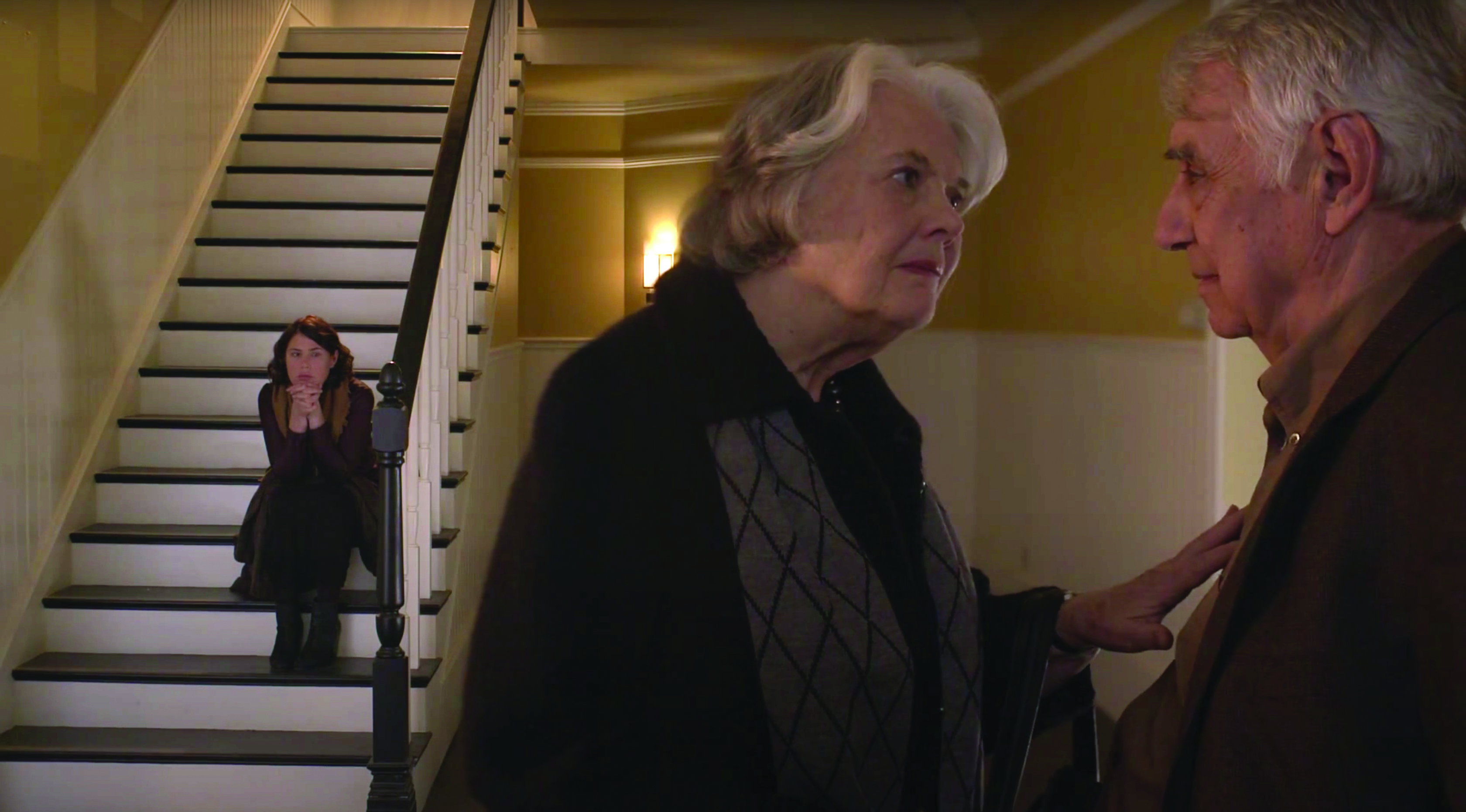
The web series work also landed at a fortuitous time for Maddox-Upshaw. “I was at a point in my career when I had done one or two movies, but I was mostly doing reality TV and trying to get out of that world,” he says. “I needed more narrative projects, and these were perfect to help move me in that direction. It was a great training ground for everyone involved.”
Creative Journey
Cinematographer Alice Brooks, ASC — whose recent work includes the features In the Heights (AC Aug. ’21); Queen Bees; and tick, tick...BOOM! — met director Jon M. Chu at USC film school and photographed his student film When the Kids Are Away, which was their first foray into musical cinema. The two shared their mutual love for the melodic genre and, after graduation, kept in touch. In January 2009, Brooks was in Washington, D.C., for the inauguration of President Barack Obama when she got a call from her old friend. As Brooks recalls, “[Jon] said, ‘I have this idea for a web series. It’s about superheroes whose power is their dance moves. Hulu and Paramount are interested, but they want us to shoot some [footage] as proof of concept first. Are you interested?” She adds with a laugh, “He said, ‘You have to be in L.A. in five days, and, oh yeah, we’re all making $100 a day. I said, ‘Yes!’ immediately, no questions asked. I didn’t even read the scripts — I just booked a one-way flight from D.C. to L.A.”
The series was The Legion of Extraordinary Dancers (AC Oct. ’10), aka The LXD, which also connected Brooks and Chu with choreographer Christopher Scott. Hulu picked up the show, and the trio collaborated on three seasons over three years.
“I often think about LXD — it was probably one of the greatest times of my life,” says Brooks. “It was a time of real creative freedom, and a playground to experiment. There’s a quote by Eagles guitarist Joe Walsh: ‘As you live your life, it appears to be anarchy and chaos, and random events, non-related events, smashing into each other and causing this situation or that situation, and then, this happens, and it’s overwhelming, and it just looks like ‘What in the world is going on?’ And later, when you look back at it, it looks like a finely crafted novel. But at the time, it don’t.’ Looking back on LXD and where I am 13 years later, that really sums up my journey with Jon. At the time it felt random, but now I can draw a direct line from that to the current project we’re working on, [the film adaptation of the musical] Wicked.”
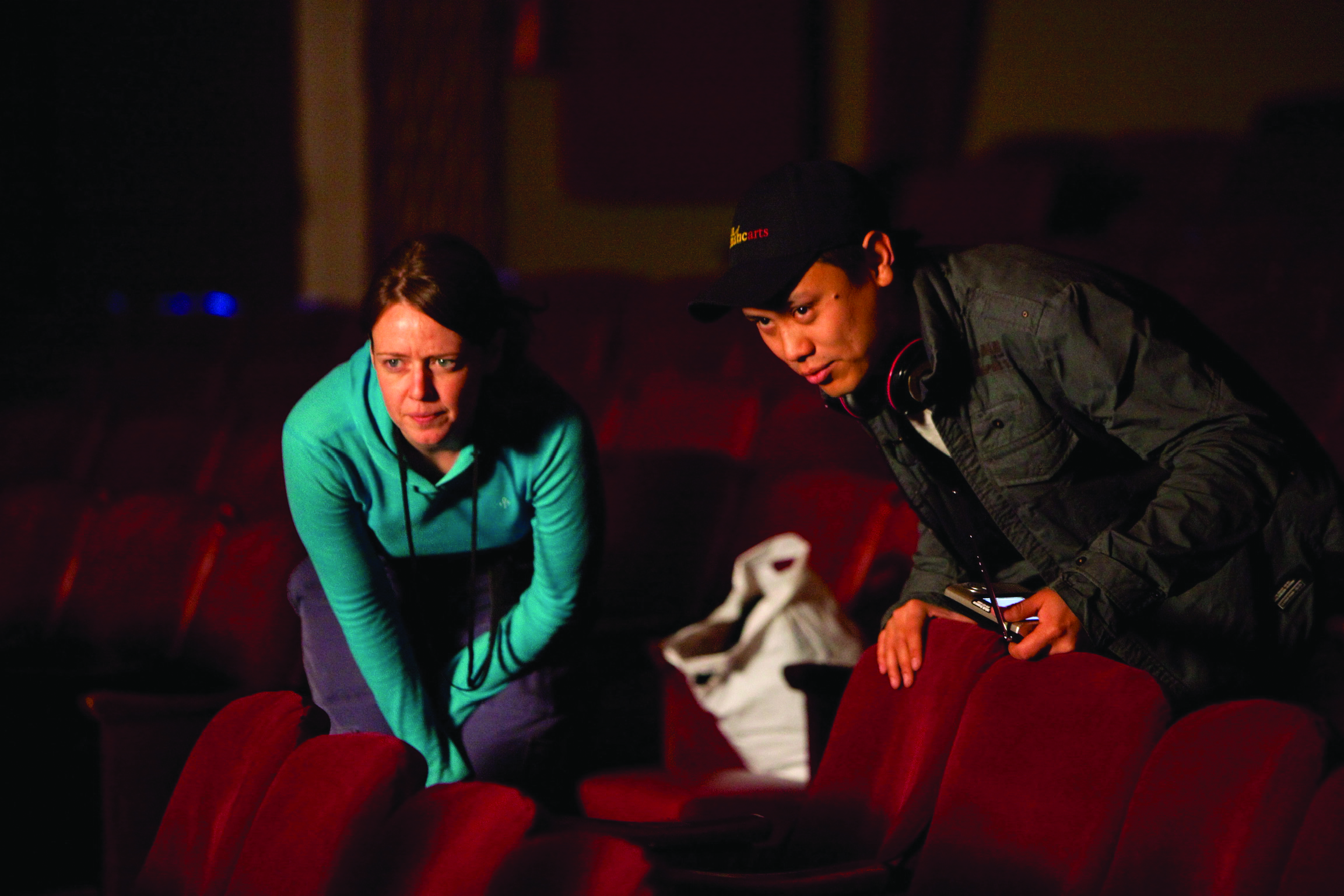
Between LXD and Wicked, Brooks, Chu and Scott also collaborated on the features Jem and the Holograms (AC Nov. ’15) and In the Heights — in each case, employing lessons learned on LXD.
“What’s crazy is that when Jon called me in 2009, I could hear it in his voice — not just the general excitement, but also that this project had the potential to change the trajectory of both of our careers,” Brooks continues. “It’s always surprising how these things affect your career later on. After we did LXD, Jon was up for directing G.I. Joe: Retaliation, and someone said, ‘You haven’t done action before,’ and Jon replied, ‘Dance is a lot like action,’ and he showed them a sequence from LXD, and they gave him the job.
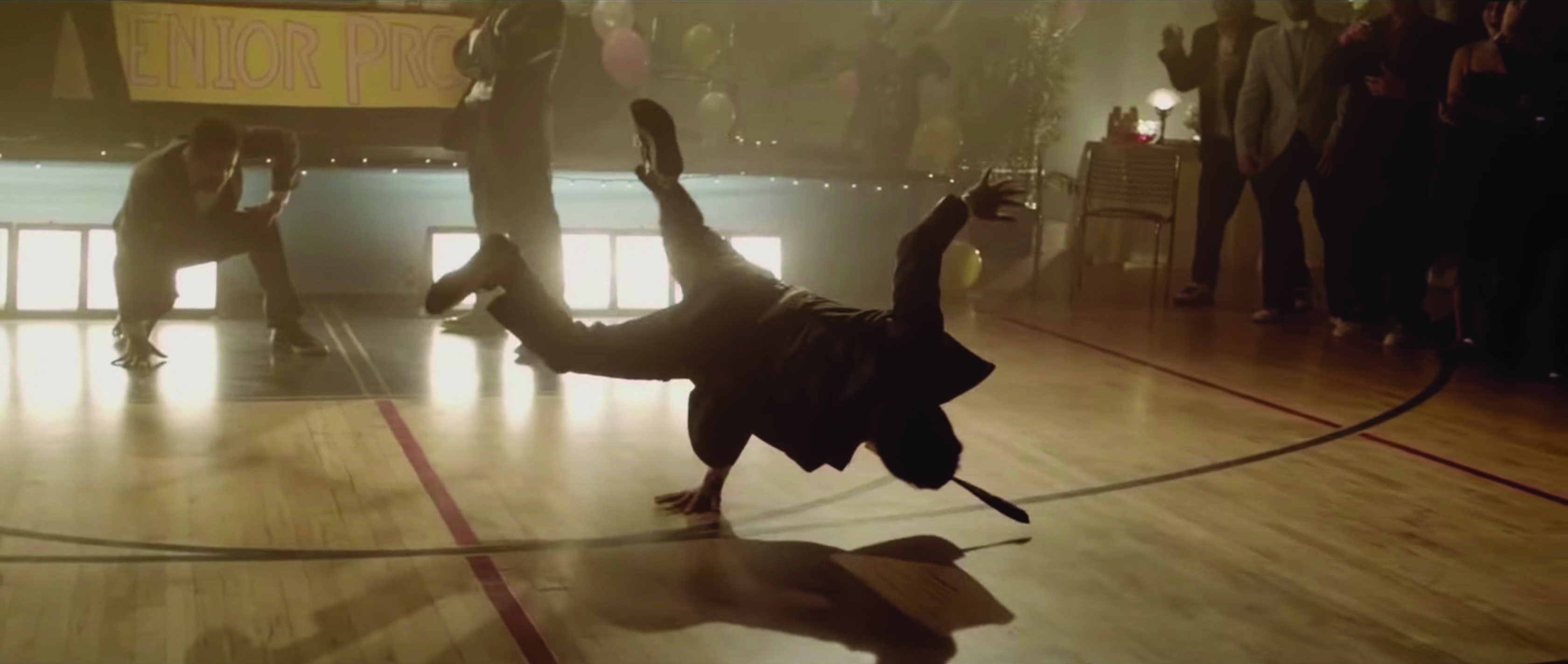
“Jon, Chris and I were sitting on the stoop set on In the Heights between scenes, and we realized we had been working our whole careers for that moment. There were a lot of lessons we learned from LXD, and ideas that we were able to build upon on In the Heights. We wanted to do a dance on the side of a building for LXD — Fred Astaire-style — but it wasn’t affordable on the budget we had to work with. When Jon talked to Chris and me for In the Heights, he said, ‘I’ve got the [musical] number to do on the side of a building, “When the Sun Goes Down,”’ and we spent five months figuring out how to do it. Now, the three of us get to go make Wicked and we’re asking, ‘What else do we want to do that we always dreamed of doing back then?’” Brooks adds that there were “very specific camera moves in When the Kids Are Away and LXD that we did for In the Heights.”
As an example of borrowing from the past, Brooks recalls, “On LXD, we had to get one more shot before sundown, and the generator had already been moved. It was a key transition [between] two scenes, and we had to have it. Jon asked, ‘What should we do?’ I said, ‘Let’s turn on the headlights in the car in the driveway,’ and I asked wardrobe if they had anything white. They brought out five white shirts, and Jon, some of the crew, and I held them up as a human bounce, [with the] lights from the car [aimed] onto us, which then bounced onto the actors. Later, for In the Heights, I used the same idea for the exterior of the club during [the song] ‘Blackout.’ We positioned all these taxicabs and cars, lighting the scene under the bridge with headlights, bounce cards, and just one overhead Arri SkyPanel dimmed down to 10 percent — it was a solution directly inspired by something we had to improvise many years before.
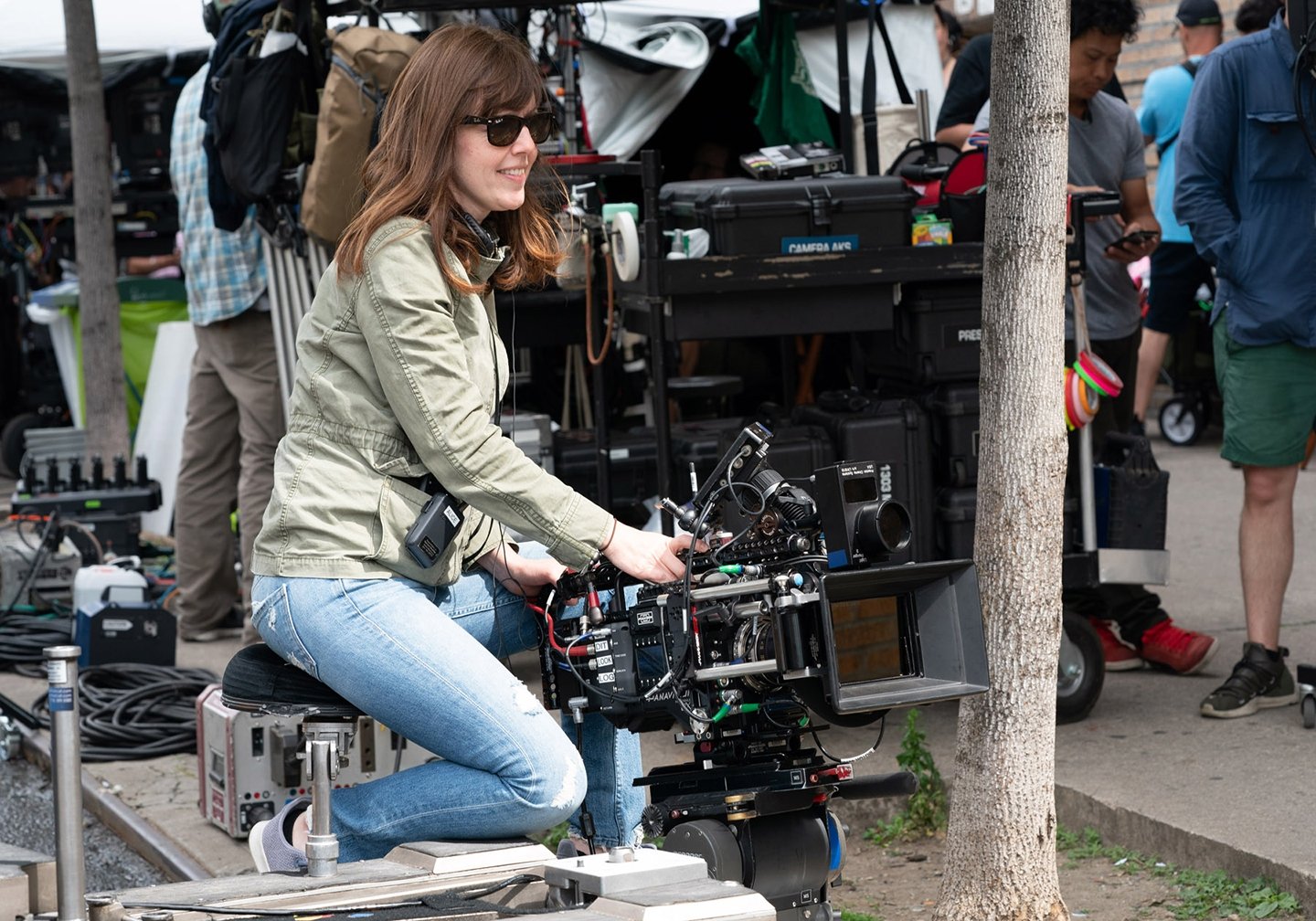
“We also had another moment on Heights when a storm had come through and the day turned to night outside. The gaffer said, ‘We have to kill the generator because we have a massive lightning storm.’ So, we had a fifth-story window in a bright daylight-interior scene, and suddenly, because of the storm, it might as well have been night. Because we had seen the window in the previous scene, I set up some LEDs — which we could plug into the wall outlet — where the window was, and set up to shoot so we’d get light from the offscreen window. I said to Jon, ‘We can shoot this way or that way, but that’s it,’ and basically lit night-for-day. It’s those kinds of quick-on-your-feet pivots that you learn on low-budget and smaller projects that really pay off later in your career.
“I am grateful for all the experience and lessons learned that I gained from the LXD and other early experiences that I later applied to In the Heights and tick, tick...BOOM! You never know where your journey will take you!”
Seizing Opportunities
While new media isn’t “new” anymore, and the vast majority of content is now delivered via streaming platforms, the real takeaway from both Maddox-Upshaw and Brooks is to seize early opportunities to learn, be creative, create beautiful images, and hopefully form long-lasting professional relationships. Whether you’re working on short films, music videos, web series, fashion videos or independent features, there are opportunities out there in all kinds of media.
Jay Holben is an ASC associate member and AC’s technical editor.

